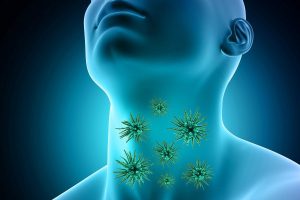doctors of the respective specialties
How to distinguish angina from colds
 Angina, probably, at least once in a life has had everybody. What is this disease? What are its causes, and most importantly, what to do with angina?
Angina, probably, at least once in a life has had everybody. What is this disease? What are its causes, and most importantly, what to do with angina?
An acute infection that affects mainly the tonsils is a sore throat, or, strictly in a scientific way, acute tonsillitis. Continue reading
What is Klinefelter syndrome?
 Klinefelter syndrome is a genetic pathology of men, based on endocrine disorders caused by additional female chromosomes in the set of sex chromosomes. This is a fairly common genetic disease. According to statistics, 0.2% of men are susceptible to it, and among endocrine disorders, Klinefelter syndrome ranks third (diabetes mellitus in the first place, and thyrotoxicosis in the second). But according to the same statistics, only 50% of cases are diagnosed. Continue reading
Klinefelter syndrome is a genetic pathology of men, based on endocrine disorders caused by additional female chromosomes in the set of sex chromosomes. This is a fairly common genetic disease. According to statistics, 0.2% of men are susceptible to it, and among endocrine disorders, Klinefelter syndrome ranks third (diabetes mellitus in the first place, and thyrotoxicosis in the second). But according to the same statistics, only 50% of cases are diagnosed. Continue reading
Unusual Diseases: Hermaphroditism
 What it is?
What it is?
This sexual pathology implies the presence of both male and female sexual characteristics in humans. The name she received on behalf of the son of Aphrodite and Hermes. He was so beautiful that one of the nymphs asked the gods to connect her with a young man forever, and Hermaphrodite turned into a bisexual creature. Continue reading



